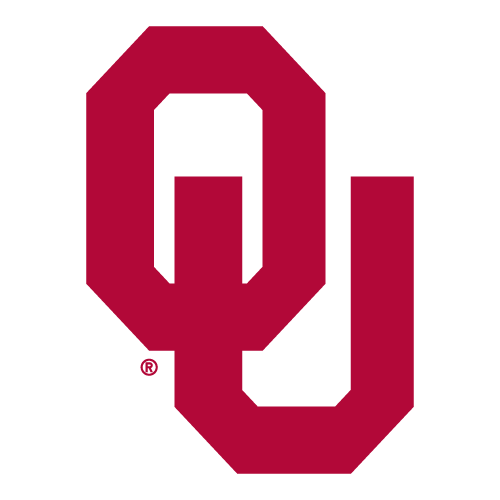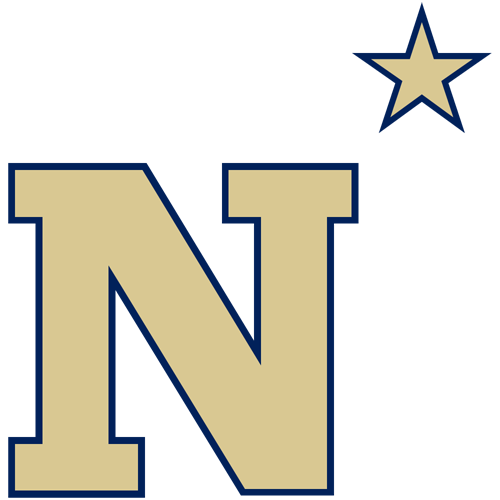Game Analysis
Oklahoma (-1) 25 Navy 21
Note: Oklahoma WR Deion Burks, who was expected to play, has been ruled out with a concussion. I value him as worth 1.0 points. The line has moved down to -1.
My math would favor Oklahoma by just 4.2 points before factoring in all the of the opt outs and transfers that the Sooners have had. But, one of those departures should help the team more than the rest will hurt the team.
Oklahoma’s offense will be without starting quarterback Jackson Arnold, their leading rusher Jovantae Barnes, 6 of the 11 wide receivers that caught a pass this season, and their starting tight end. Not having Arnold is an upgrade, as Arnold averaged only 3.8 yppp against FBS competition while Michael Hawkins Jr. averaged 5.0 yards on 83 pass plays (against FBS teams) despite 55 of those coming against Texas and Tennessee, who are both elite in pass defense. Hawkins averaged his 5.0 yppp against teams that would allow 4.7 yppp to an average quarterback while Arnold’s 3.8 yppp came against teams that would allow 5.6 yppp. Hawkins is an upgrade mostly because he at least looks down the field occasionally (10.6 yards per completion) while Arnold settled for mostly short passes and averaged just 8.6 ypc against FBS teams.
It looks like starting WR Deion Burks will be able to play in this game after missing 7 of the last 8 games, as he’s listed as a starter on the depth chart. The other two starters and two backups combined for just 5.6 yards per target and Burks only averaged 5.7 YPT – although 40 of his 43 targets came from Arnold. The wide receivers that are injured and/or have left the team combined for 7.5 yards on 74 targets and are worth 0.4 yards per pass play (1.4 points). However, that’s less than the upgrade from having Hawkins at quarterback instead of Arnold. The Oklahoma offense should be significantly better with Hawkins, even with the downgrade in the receiving group. As far as RB Barnes being out, I don’t see that being an issue, as Barnes averaged just 3.6 ypr against FBS teams (he had 203 yards on 18 runs against FCS team Maine) and the run game improved in the final 3 games of the regular season with Barnes out. Hawkins’ compensated yards per run isn’t quite as good as Arnold’s running numbers but I do rate the Sooners’ run attack better without Barnes.
Navy’s defense was 0.1 yards per play better than average for the season but that included two games against fellow option teams Air Force and Army and teams that run the option know how to defend the option. In games against non-option teams, which is what I’ll apply for this game, the Midshipmen were 0.1 yppl worse than average defensively. Oklahoma should move the ball at a decent rate with Hawkins at quarterback against Navy’s defense, which is 0.9 yppl worse than the average FBS defense that the Sooners faced this season.
Navy’s option attack averaged 6.5 yards per play against teams that would allow 6.0 yppl to an average offense and they’ll be tested in this game by a very good Oklahoma defensive front. The Sooners’ had the nation’s best run defense in the regular season, as they allowed just 3.7 yards per rushing play to FBS teams that would combine to average 5.4 yprp against an average defense. Overall, the Oklahoma defense was 1.2 yppl better than average in the regular season. However, leading tackler LB Danny Stutsman (110 tackles) and safety Billy Bowman (#4 tackler) have opted out of this game to prepare for the NFL. The other defenders that have declared for the draft are on the depth chart and I’ll assume that they’ll play.
The Sooners still project to be a very good defense even without two stars, as I still rate that unit at 0.8 yards per play better than average and 1.3 yards per rushing play better than average. The option offense, however, is designed to neutralize talent discrepancies and this year’s Navy team was relatively better running the ball against good run defenses than they were against bad run defenses. The Midshipmen averaged 9.3 yprp against a very good Memphis run defense and they averaged 5.7 yprp against Notre Dame’s stout defensive front while also ripping apart a good ECU run defense for 5.9 yprp. To further prove my point, Navy ran for 5.9 yprp for the season but averaged just 5.7 yprp against the 3 worst run defenses that they faced (Bucknell, Temple, and Charlotte). Despite the inverse correlation between Navy’s yards per rushing play and the level of the opposing run defense, I’m still going to assume that the Midshipmen run for less than their season average in this game. Obviously, I have a formula to account for option teams being relatively better against better defensive teams (and relatively worse against worse defensive teams) and applying it to this game would project 5.3 yards per rushing play and 5.9 yards per play, which is comparable to the 5.8 yppl they gained on a neutral field against Notre Dame.
My math favors Oklahoma by 5.5 points with a total of 47.5 points (assuming neutral weather) and the Sooners apply to a 71-27-2 ATS bowl angle that plays on teams that averaged a relatively low number of points in the regular season. However, the military academies have historically been very good in bowl games, as Army, Navy, and Air Force are a combined 40-14 ATS in bowl games since 1981, including 26-4 ATS if they have a win percentage of greater than 0.667 (11-0 ATS since 2014). The trends cancel each other out and I’d rather have the Sooners, although not enough to recommend a bet.
- Team Stats
- Game Log
- Oklahoma
- Navy
Rush
- Run Plays 34.4 33.4
- Run Yards 159.5 125.0
- YPRP 4.6 3.7
Pass
- Pass Comp 16.9 17.7
- Pass Att 27.4 28.4
- Comp % 61.8% 62.5%
- Pass Yards 153.3 216.4
- Sacks 4.1 3.0
- Sack Yards 25.1 17.5
- Sack % 13.0% 9.6%
- Pass Plays 31.5 31.4
- Net Pass Yards 128.2 198.9
- YPPP 4.1 6.3
Total
- Total Plays 65.8 64.7
- Total Yards 287.6 323.9
- YPPL 4.4 5.0
TO
- Int 0.6 0.8
- Int % 2.0% 2.9%
- Fumbles 1.2 1.0
- Turnovers 1.7 1.8
- Points 24.3 21.6


 Oklahoma
vs
Oklahoma
vs  Navy
Navy